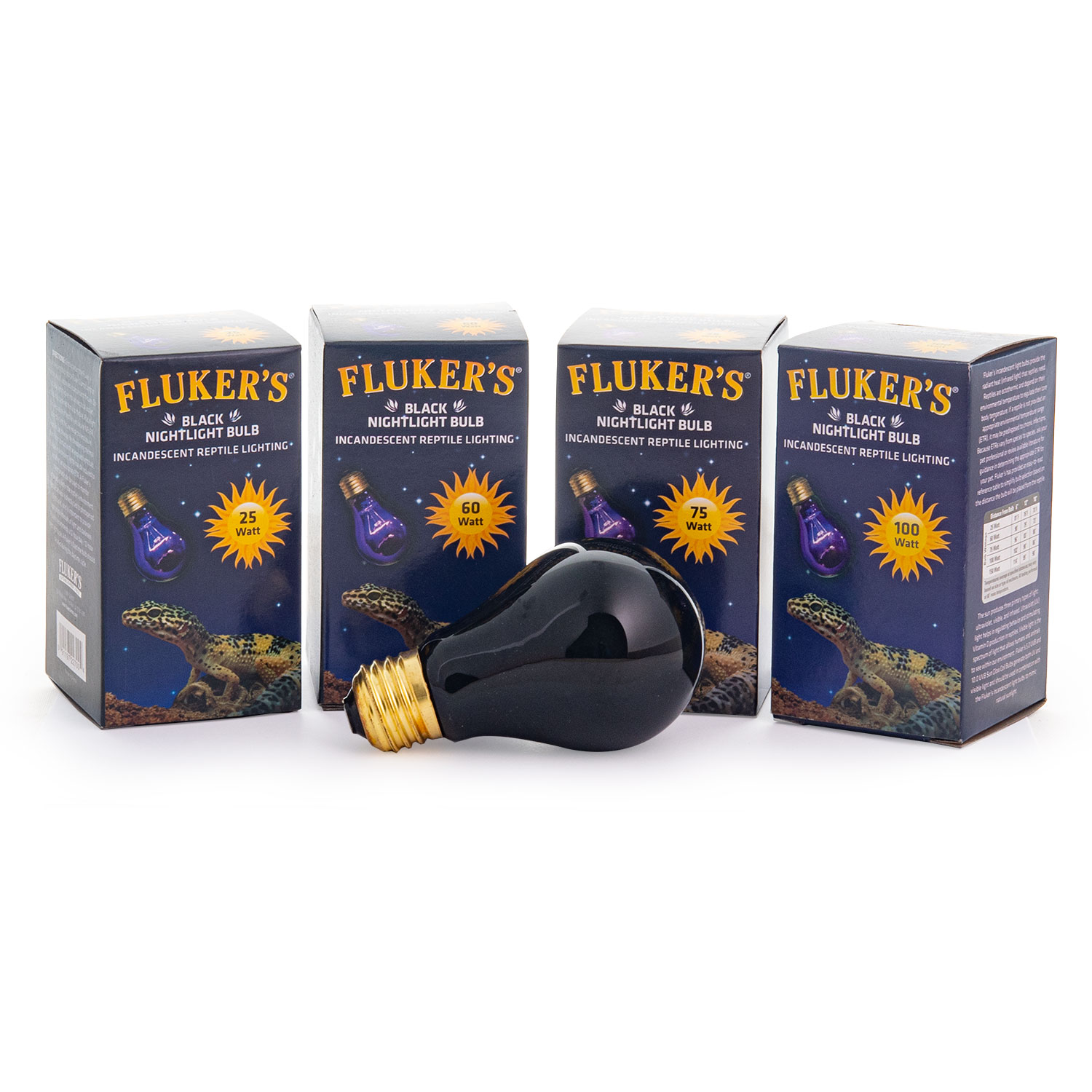The Difference between UVA and UVB for Reptile Lighting
Posted by The Fluker's Team on Apr 29th 2024
Types of Reptile Lighting
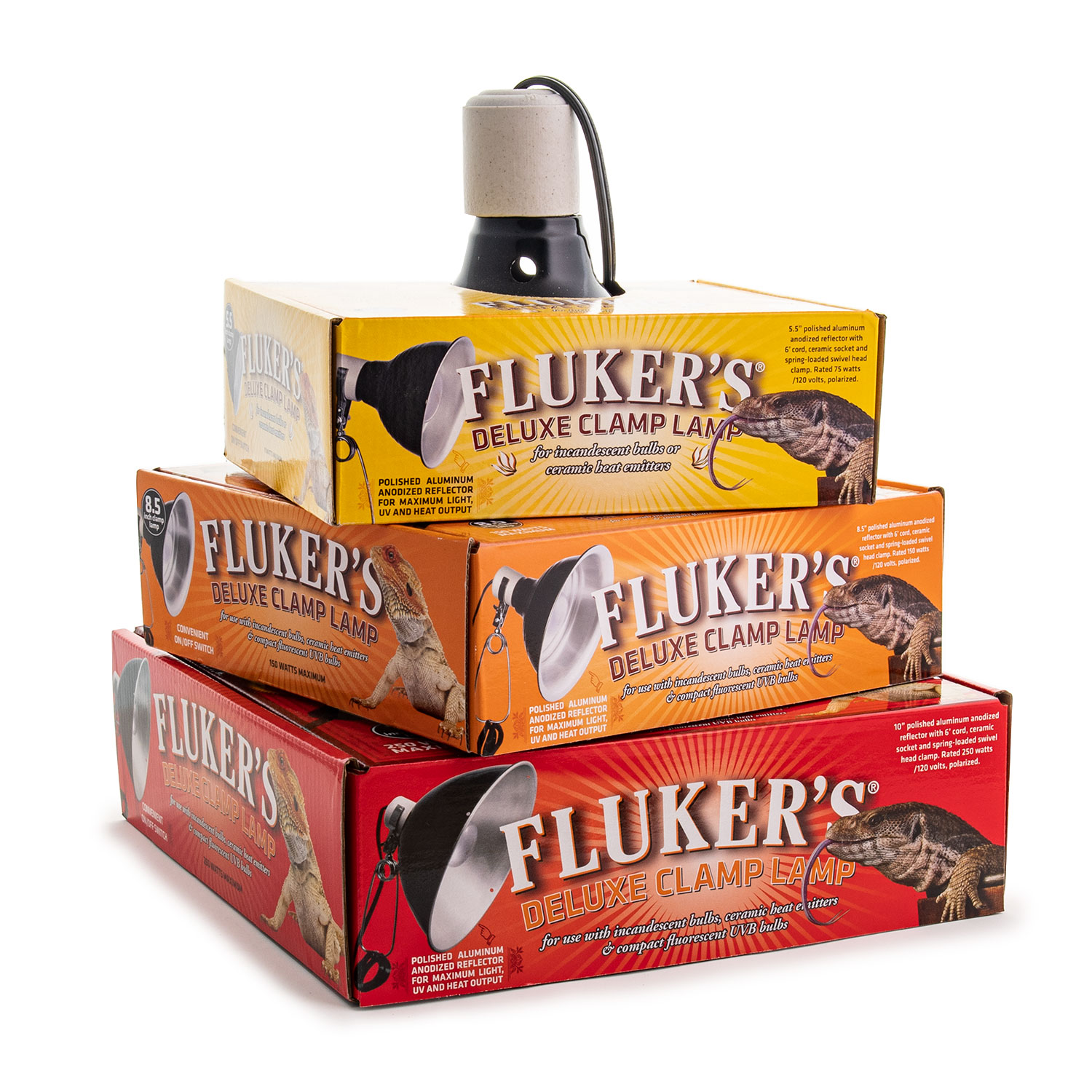
Reptiles are unique creatures. They have specific needs that set them apart from other pets. One such need is their requirement for UV lighting.
If you are new to keeping reptiles, it is important to know what UV lighting is and why it is essential for them. Proper lighting for reptiles is essential for their health and well-being. It aids in their digestion, influences their behavior, and even helps synthesize essential vitamins.
In this guide, we delve into the world of reptile lighting and its importance for your scaly friend. We will explore the distinct types of lighting and their roles in a reptile's life.
Whether you are a beginner or an experienced reptile owner, this article will provide you with valuable insights. By the end, you will have the knowledge to create an optimal lighting setup for your reptilian friend.
Each type serves a unique purpose and is essential for the well-being of your reptile. Understanding the role of each type of light will help you create an optimal environment for your pet.
When considering lighting for reptiles, you should primarily think about three kinds.
- UVA Lighting
- UVB Lighting
- Heat Lamps and Basking Lights
The Importance of UV Lighting for Reptiles
Reptiles are ectothermic creatures, meaning they rely on their environment to regulate their body temperature. This is where lighting comes into play and understanding the different types of UV.
UV radiation is a part of the natural light spectrum. UV is invisible to the human eye, but crucial for reptiles. UV radiation divides into two types: UVA and UVB.
UVA and UVB differ in their wavelengths and the energy of the photons they emit. UVA also has a longer wavelength than UVB does. Both wavelengths, however, are Ultraviolet, hence the UV.
UV light is essential for Vitamin D production in many living organisms, including reptiles.
Several types of lighting serve different purposes. UVB lighting, for instance, helps reptiles synthesize Vitamin D3, which is crucial for calcium absorption and bone health.
UVA lighting, on the other hand, influences reptile behavior. It encourages activities like feeding, mating, and basking.
Lastly, heat lamps provide the warmth that reptiles need to digest their food and stay active. Understanding these needs is the first step towards creating a suitable environment for your reptile.
Understanding UVA and UVB Lighting for Reptiles:
UVA: Vision and Behavior

UVA light plays a significant role in reptile behavior, stimulating activities like feeding, mating, and basking. Exposure to UVA light can also enhance the psychological health of your reptile, making them more active and alert.
UVA light is essential for reptiles' vision. Unlike humans, reptiles can see UVA light. This ability influences their behavior and communication.
Exposure to UVA light is a crucial part of their environmental enrichment.
UVB: Vitamin D3 Synthesis and Calcium Metabolism
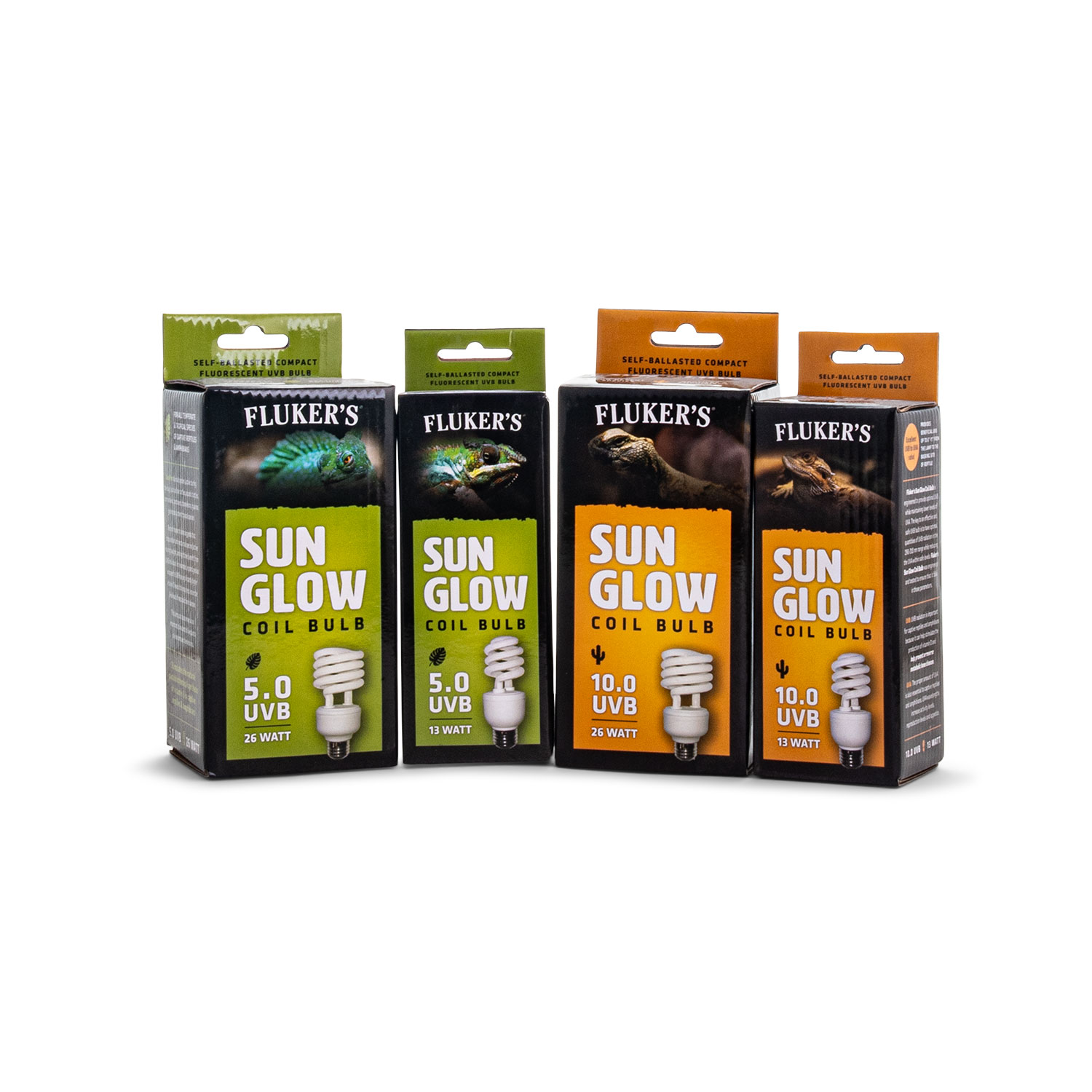
UVB light is even more critical for reptiles' health. It enables the synthesis of vitamin D3 in their skin.
Vitamin D3 is necessary for the absorption and metabolism of calcium. Reptiles require sufficient UVB light to remain healthy. Without enough UVB light, they can develop a serious condition called metabolic bone disease. This disease can lead to deformities and even death. Therefore, providing the right amount of UVB light is a key aspect of reptile care.
Natural Sunlight vs. Indoor Lighting Solutions
Natural sunlight is the best source of UV radiation for reptiles. It provides a balanced spectrum of UVA and UVB light. However, replicating this in indoor environments can be challenging.
Various types of reptile lighting are available in the market. The key to proper lighting your terrarium is to choose the one that best suits your reptile's needs.
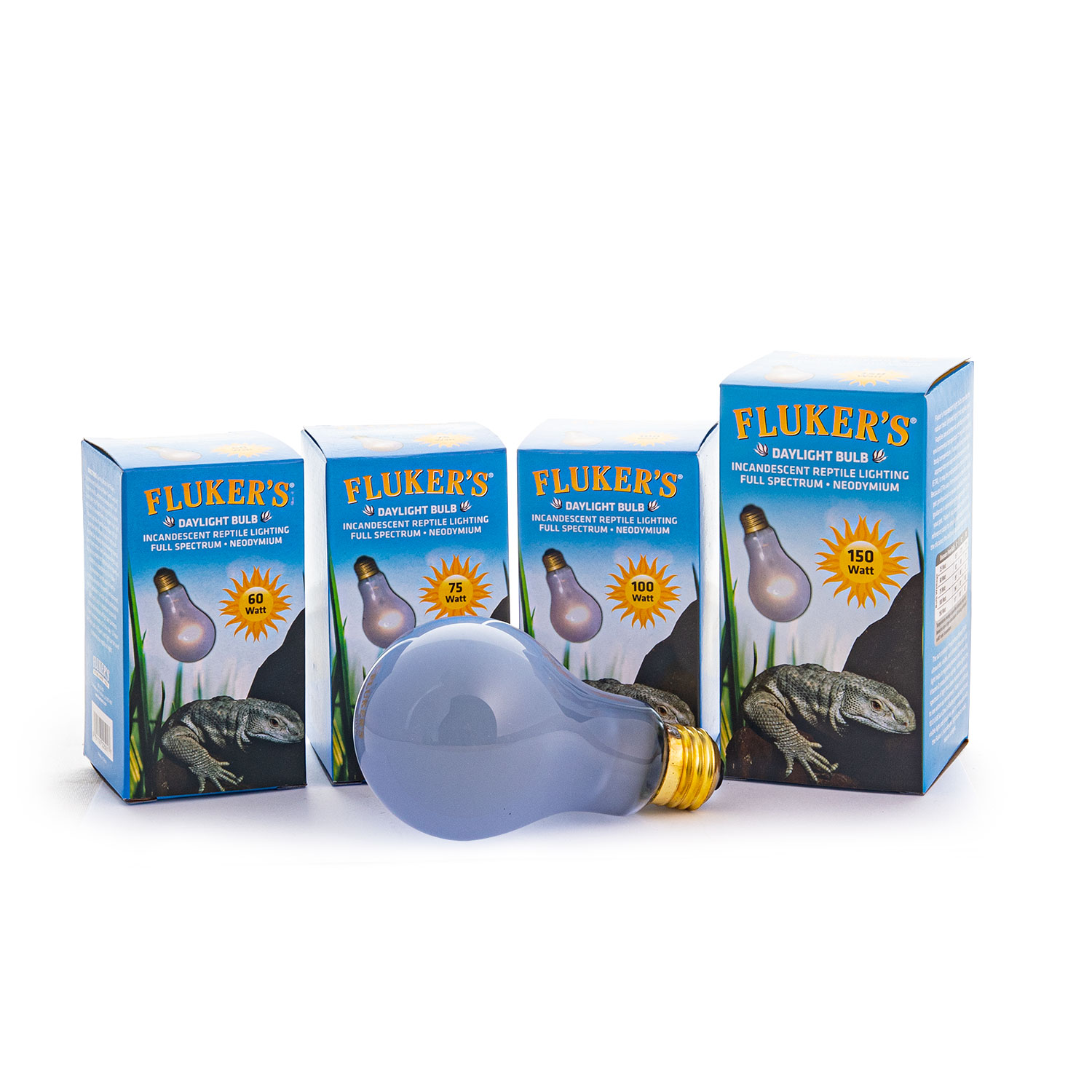
Types of Reptile Lighting Bulbs
Three main types of reptile lighting bulbs are:
- Fluorescent
- Mercury vapor
- LED
People usually consider fluorescent bulbs affordable, which is why they are popular. They also have a wide range of UV outputs. They typically are available in long tubes or compact coil bulbs.
Mercury vapor bulbs, on the other hand, emit both heat and UV light. They are ideal for larger enclosures. LED lights are energy-efficient and long-lasting, but they do not produce UV light. Therefore, you must use LED lights in conjunction with a separate UV source.
Heat Lamps and Temperature Gradients
Heat lamps and basking lights serve a dual purpose in reptile enclosures. They provide both light and warmth which mimics the reptile's natural environment.
A temperature gradient is necessary in the enclosure to regulate body temperature. This allows the reptile to move between warmer and cooler areas as needed. Just like in the wild, they can sit in the sun to warm up or move to cooler areas to stay comfortable.
Don't forget, each type of reptile needs a certain amount of heat to stay healthy. Make sure to do your research and give your pet the right amount of heat. Always use thermometers to monitor the temperature in your pet’s enclosure.
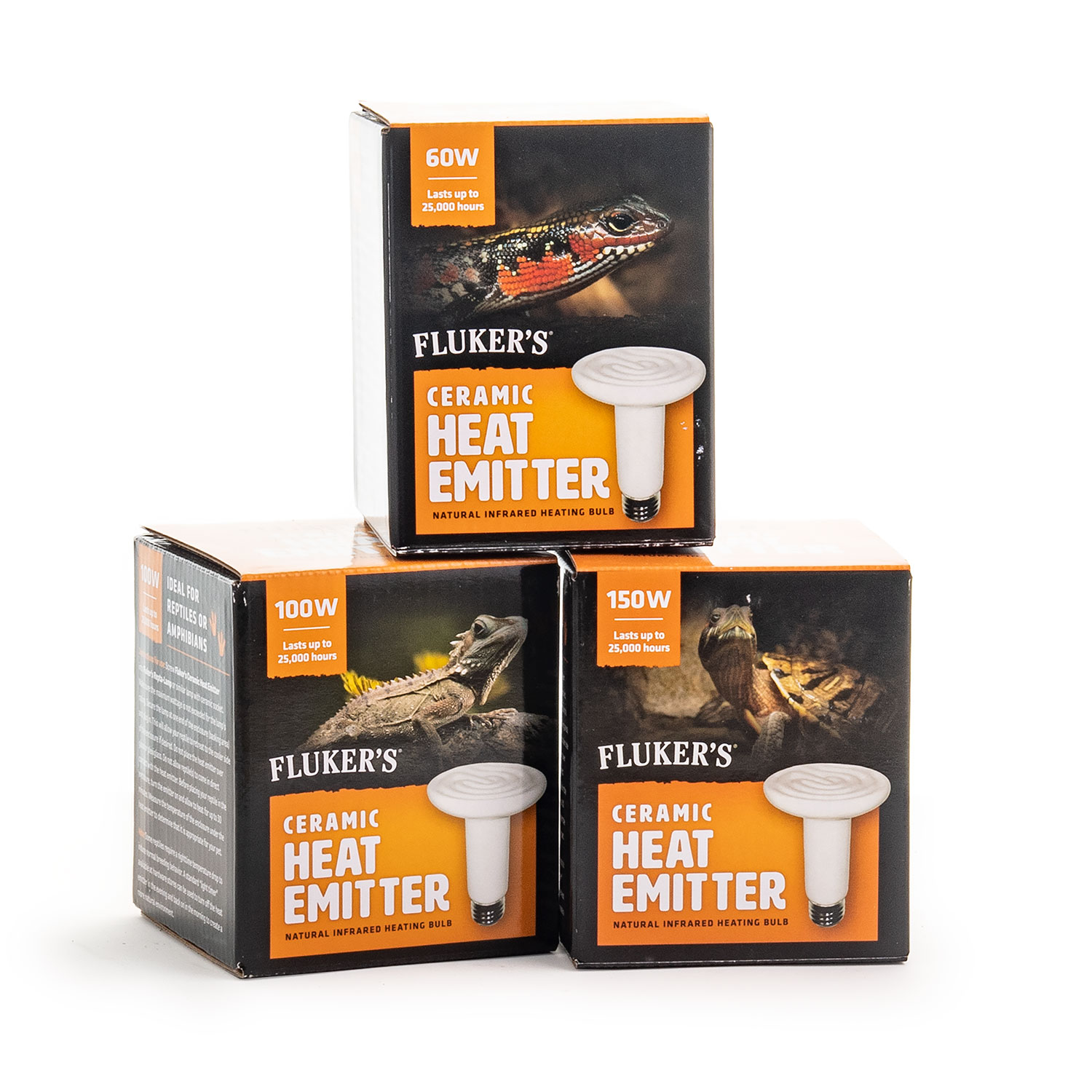
Choosing the Right Terrarium Lighting
Choosing the right lighting for your reptile's terrarium is a crucial task. It involves more than just picking a bulb at random.
You need to consider several factors, including:
- The size of your terrarium
- The specific needs of your reptile species
- The type of bulb
- The wattage of the bulb
Bulb Wattage and Terrarium Size
The wattage of the bulb you choose should correspond to the size of your terrarium. Larger terrariums require higher wattage bulbs to provide adequate heat and light.
Using a high-wattage bulb in a small terrarium can cause overheating and harm your reptile. This can happen because the small space cannot dissipate the excess heat properly. Choosing the right wattage bulb for the size of your terrarium is important to prevent this issue. Make sure to follow the manufacturer's recommendations for the appropriate bulb wattage.
Fluker's incandescent light bulbs provide radiant heat perfect for emulating a daylight bask.
Fluker's incandescent light bulbs provide the radiant heat (infrared light) that reptiles need. Reptiles are ectothermic and depend on their environmental temperature to regulate their core body temperature. If a reptile is not provided an appropriate environmental temperature range (ETR), it may be predisposed to chronic infections. Because ETR's vary from species to species, ask your pet professional or review available literature for guidance in determining the appropriate ETR for your pet. Fluker's has provided an easy-to-read reference table to simplify bulb selection based on the distance the bulb will be placed from the reptile.
Distance from bulb
6" 12" 18"
| 40 Watt | 110 degrees Fahrenheit | 95 degrees Fahrenheit | 80 degrees Fahrenheit |
| 60 Watt | 120 degrees Fahrenheit | 101 degrees Fahrenheit | 89 degrees Fahrenheit |
| 75 Watt | N/R | 115 degrees Fahrenheit | 95 degrees Fahrenheit |
| 100 Watt | N/R | N/R | 106 degrees Fahrenheit |
| 150 Watt | N/R | N/R | 120 degrees Fahrenheit |
*Temperatures average at specified distances; may vary based on size or type of enclosure. All testing performed at 68 degrees Fahrenheit room temperature. N/R: Not Recommended for reptile
Creating a Day/Night Cycle
Reptiles need a day/night cycle to thrive. This means providing 12 hours of light and 12 hours of darkness each day.Using a timer can help automate this process, ensuring your reptile gets the right amount of light exposure and rest.
Setting Up Your Reptile's Lighting System
Setting up your reptile's lighting system requires careful planning, not just installing a bulb and turning it on.
You need to consider:
- The positioning of the lights
- The safety of your reptile
- The use of timers and UVB meters
By considering these factors, you can create a lighting system that benefits your reptile's health and well-being.
Positioning and Safety
The positioning of the lights in your terrarium is crucial. Place them in a way that provides a gradient of light and heat. This allows your reptile to move towards or away from the light as needed, helping to regulate their body temperature. Never position your bulb inside of the enclosure unless there is a protective barrier that prevents your pet from touching the bulb. This can cause accidental burns or damage to the bulb.
Using Timers and Measuring UVB Levels
Using timers can help automate the day/night cycle in your terrarium. This ensures your reptile gets the right amount of light, exposure, and rest. Measuring UVB levels is also important. A UVB meter can help you ensure your reptile is getting the right amount of UVB light for vitamin D3 synthesis.
Monitoring and Adjusting UV Exposure
Monitoring and adjusting UV exposure is essential. Overexposure can be harmful to reptiles. Use a UV meter to measure the intensity of UV radiation. Adjust the lighting setup as needed to ensure your reptile is getting the right amount of UV light.
Maintaining and Replacing Reptile Lighting
Maintaining your reptile's lighting system is just as important as setting it up. Regular cleaning of the bulbs and fixtures ensures optimal light output.
The lifespan of UV bulbs is another factor to consider. At Fluker's, we recommend replacing most bulbs every six to twelve months, even if they still produce visible light. This is because there is research that shows UV output decreases over time.
Conclusion: The Importance of Proper Lighting for Reptile Health
In conclusion, providing the right UV lighting for your reptile is a complex task that requires a comprehensive approach. Choosing the right bulb and position for your reptile's lighting is important. Regularly checking and adjusting your reptile's habitat is crucial to ensure their health and well-being. Make sure they have everything they need for a comfortable environment.
Remember, each reptile species has unique lighting needs. Always research and consult with a vet to ensure your pet's lighting setup is optimal.
Fluker's Heating and Lighting offers top-notch options for illuminating your reptile's enclosure. Please search online retailers and your local pet retail location to purchase.


